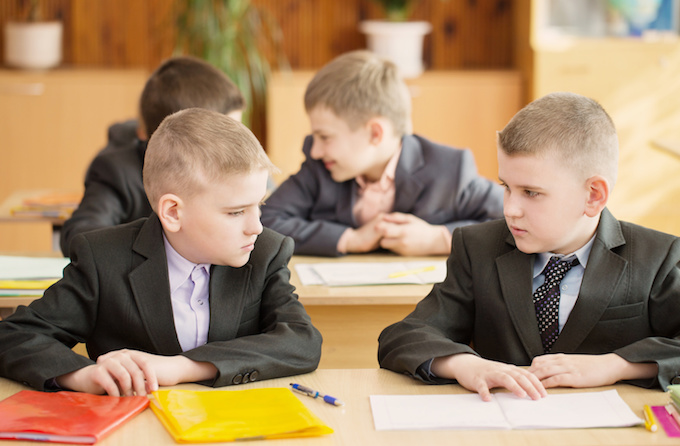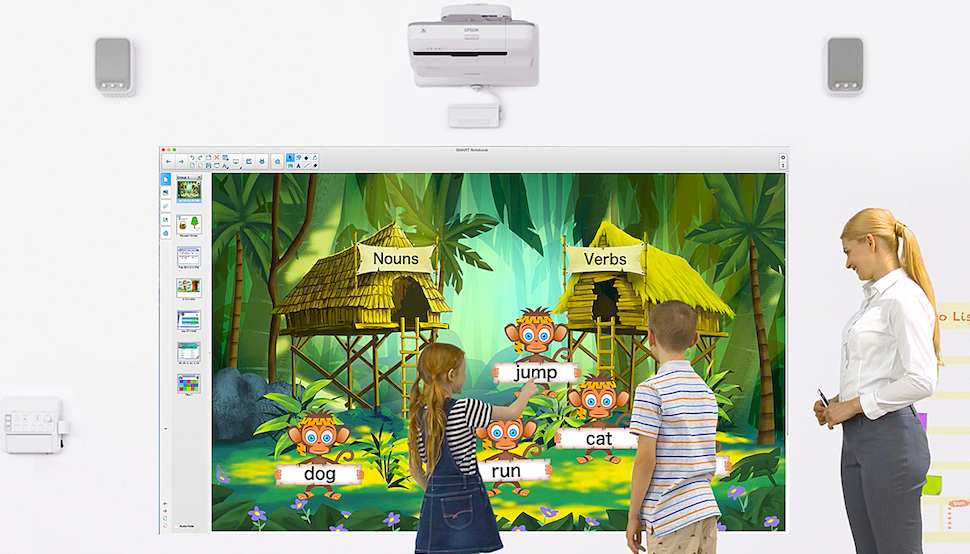
Australia generates around 76 million tonnes of waste each year. Globally, enough waste is generated each day to fill around 14 large stadiums.
Environmental awareness has increased in recent years, particularly in young people. Climate change, the pollution of our waterways and the impacts of fast fashion have been brought into focus. Young people want to take action to protect the environment. Effective waste management, the correct disposal of rubbish and reducing and reusing products all help to alleviate the amount of waste sent to landfill. Schools can help provide students the tools and knowledge to achieve this.
Read the Term 2 edition of School News HERE
A waste audit is a great way to find out how much waste your school produces, and what type of waste is produced. This can be done in house by staff and students, or conducted by an external organisation.
Beyond improving waste management in your school, findings from a waste audit can be linked to many areas of the curriculum. Geography students could investigate the challenges of planning and managing Australia’s urban future, or the different environmental worldviews of countries, and their ability to manage waste. Data from a waste audit can be used comprehensively by maths classes. Solutions to school, community and global waste and environmental problems can be explored by Science students.
Separating rubbish is a simple first step for schools to help reduce the amount of waste being sent to landfill. Ensure the correct bins are available for the disposal of waste, recyclables, organic matter like food scraps, and 10c containers. Bins should be well labelled and easily identifiable to prevent contamination. To encourage students to use the right bin, add a competitive element. A prize could be awarded a prize to the class, year level or house group that fills their recycling bin first, collects the most 10c containers or has the least amount of waste in their general waste bin.

Organic waste, including food scraps and garden matter, accounts for 20 percent of Australia’s waste. Composting is an easy and effective way to divert this waste from landfill. Many companies offer purpose built composting bins, some with the ability to create a worm farm. Students can be charged with the maintenance of worm farms, helping them to develop responsibility and accountability. Compost can be used on school gardens, and to grow fruit and vegetables at school. This reinforces the sustainability message, teaching students the value of growing your own food and the associated environmental benefits.
Opportunities to teach the three Rs – reduce, reuse, recycle – can extend beyond the school grounds. A visit to a local recycling plant or waste processing plant will give students firsthand knowledge of what happens to their waste. A waste audit or clean up activity at a local park or community space can bring awareness around the importance of correctly disposing of rubbish so it does not contaminate natural spaces. As a learning activity, this could extend to an exploration of found rubbish items on local flora and fauna.
Want to reduce your school’s waste footprint and educate students about sustainability? School News asked some industry experts for their ideas.
Lindsay Stead from Astra Street Furniture said there are many fun ways to get students excited about reducing, reusing and recycling. “Students can make art pieces or sculptures from recycled materials that can be displayed in the school yard. This can help raise awareness about the importance of recycling, and encourage imagination and creativity. A student led waste audit can help students see firsthand how much waste is being produced, and how much of it could be recycled.”

“Effective bin design can help facilitate education. Include bold, easily recognised Australian Standard waste stream colours (for example, yellow for recycling), and appropriate graphics. Get students involved in the design process!
“Asking students to bring fresh food and re-usable containers makes a huge impact on waste. 10c container recycling is a big hit in many schools, especially when it is run by the students and the income generated is published along with what the money will be used for.
“Waste contracts are costly so the choice of bins needs to start with an assessment of what waste streams are currently being managed and what you can budget for. With multiple waste streams it is best to install modular bins that are designed to nest together in banks of two or more, as these can be easily added to within budget as needs change.”







